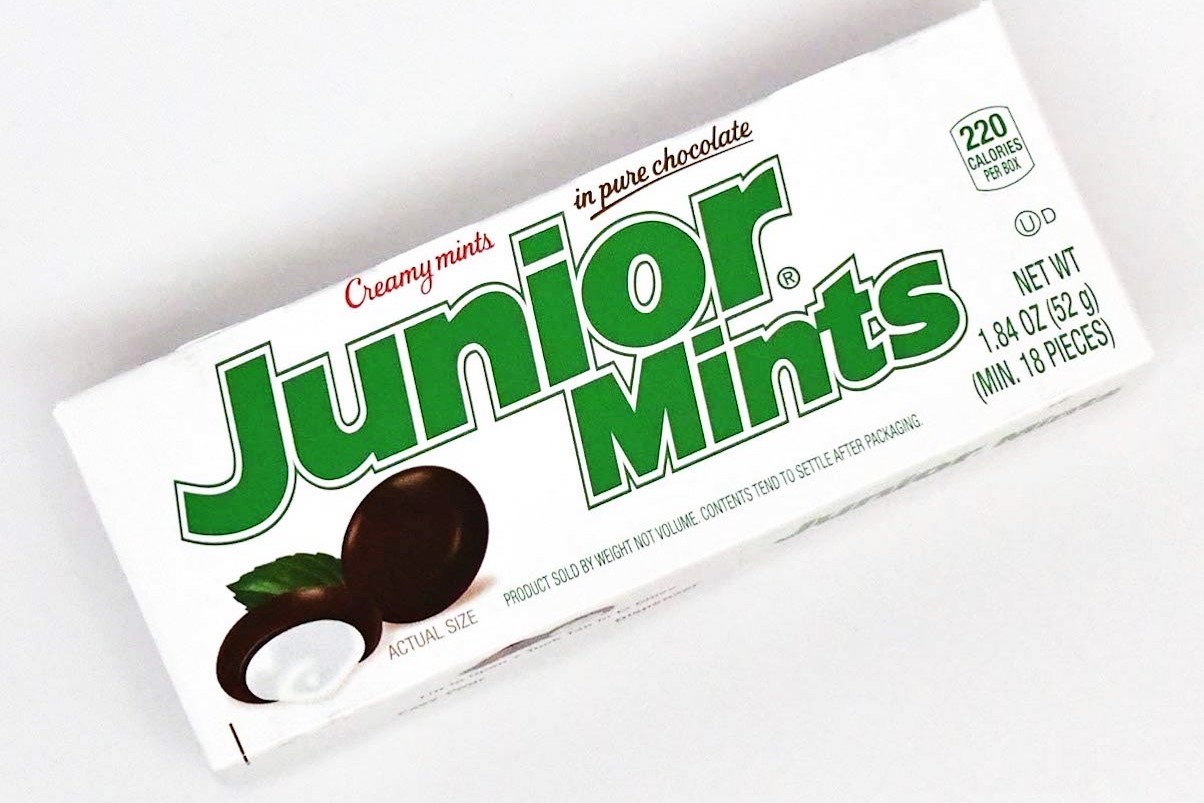
When it comes to satisfying our sweet tooth, there’s nothing quite like indulging in a delicious treat. One popular candy that has stood the test of time is Junior Mints. These little morsels of goodness have been a staple in candy aisles for decades, captivating both young and old with their creamy chocolate filling and refreshing minty flavor.
However, as much as we love the taste of Junior Mints, it’s important to consider their nutritional value. In this article, we will explore 10 nutrition facts about Junior Mints that you may find surprising. From their calorie content to the amount of sugar and fat they contain, we will delve into the details so you can make informed choices when enjoying this delectable treat. So sit back, relax, and get ready to uncover the secrets of Junior Mints’ nutrition profile.
Key Takeaways:
- Indulge in Junior Mints for a sweet treat with only 140 calories per serving, making it a delightful option for satisfying your sweet tooth without excessive calories.
- Be mindful of sugar and sodium intake in Junior Mints, as each serving contains 22 grams of sugar and 25 milligrams of sodium, making it important to watch your overall intake for a balanced diet.
Calories in Junior Mints
Each serving of Junior Mints contains approximately 140 calories. This classic chocolate and mint combo is a delightful treat that satisfies your sweet tooth without packing on excessive calories.
Fat Content
Junior Mints are relatively low in fat, with each serving containing only 2 grams. This makes them a healthier choice compared to some other indulgent candies.
Sugar Content
Junior Mints have a moderate amount of sugar. Each serving contains about 22 grams of sugar. It’s important to be mindful of your overall sugar intake if you’re watching your blood sugar levels.
Protein Content
While Junior Mints are delicious, they are not a significant source of protein. Each serving contains only 1 gram of protein.
Fiber Content
Unfortunately, Junior Mints do not provide any dietary fiber. It’s always a good idea to incorporate fiber-rich foods into your diet to support a healthy digestive system.
Sodium Content
If you’re monitoring your sodium intake, you’ll be happy to know that Junior Mints only have 25 milligrams of sodium per serving. This makes them a relatively low-sodium snack option.
Calcium Content
Junior Mints contain a small amount of calcium. Each serving provides around 2% of the recommended daily intake of calcium. While not a significant source, every bit contributes to your overall calcium intake.
Iron Content
Iron is an essential mineral for the body, and Junior Mints contain a small amount of it. Each serving has approximately 2% of the recommended daily intake of iron.
Vitamin C Content
Junior Mints do not provide a significant amount of vitamin C. If you’re looking to boost your vitamin C intake, it’s best to turn to fruits and vegetables.
Allergy Information
It’s important to note that Junior Mints contain milk and soy ingredients. If you have allergies or dietary restrictions, make sure to check the packaging for any potential allergens.
Conclusion
In conclusion, Junior Mints may be a beloved candy for many, but it’s important to be aware of its nutrition facts. While they are a tasty treat, they should be enjoyed in moderation due to their high sugar and calorie content. It’s crucial to balance your indulgences with a healthy and well-rounded diet.
Remember, it’s essential to listen to your body and give it the nourishment it needs. Enjoy Junior Mints as an occasional treat, but focus on incorporating nutrient-dense foods into your daily meals for optimal health and well-being.
FAQs
Q: How many calories are in a serving of Junior Mints?
A: A serving of Junior Mints, which is a box weighing around 1.84 oz (52g), contains approximately 200 calories.
Q: Are Junior Mints gluten-free?
A: Yes, Junior Mints are gluten-free, making them suitable for individuals with gluten intolerance or celiac disease.
Q: Do Junior Mints contain any artificial colors or flavors?
A: No, Junior Mints do not contain any artificial colors or flavors. They are made with natural peppermint oil for that refreshing taste.
Q: Are Junior Mints suitable for vegetarians or vegans?
A: Yes, Junior Mints are considered vegetarian and vegan-friendly as they do not contain any animal-derived ingredients.
Q: Can Junior Mints be a part of a balanced diet?
A: While Junior Mints can be enjoyed as an occasional treat, it’s important to remember that they are high in sugar and should not be relied upon as a significant source of nutrition. Balancing treats with nutrient-rich foods is key to maintaining a healthy diet.
Was this page helpful?
Our commitment to delivering trustworthy and engaging content is at the heart of what we do. Each fact on our site is contributed by real users like you, bringing a wealth of diverse insights and information. To ensure the highest standards of accuracy and reliability, our dedicated editors meticulously review each submission. This process guarantees that the facts we share are not only fascinating but also credible. Trust in our commitment to quality and authenticity as you explore and learn with us.


